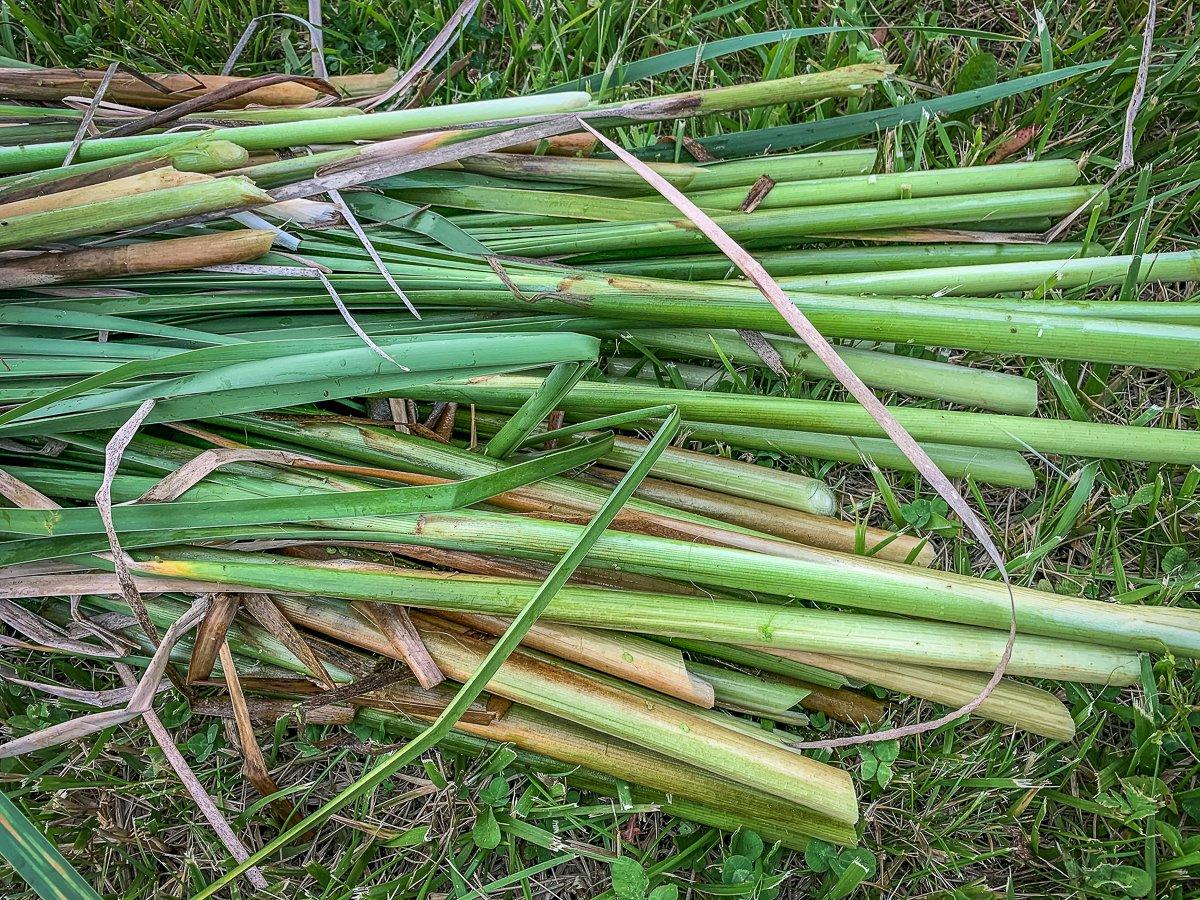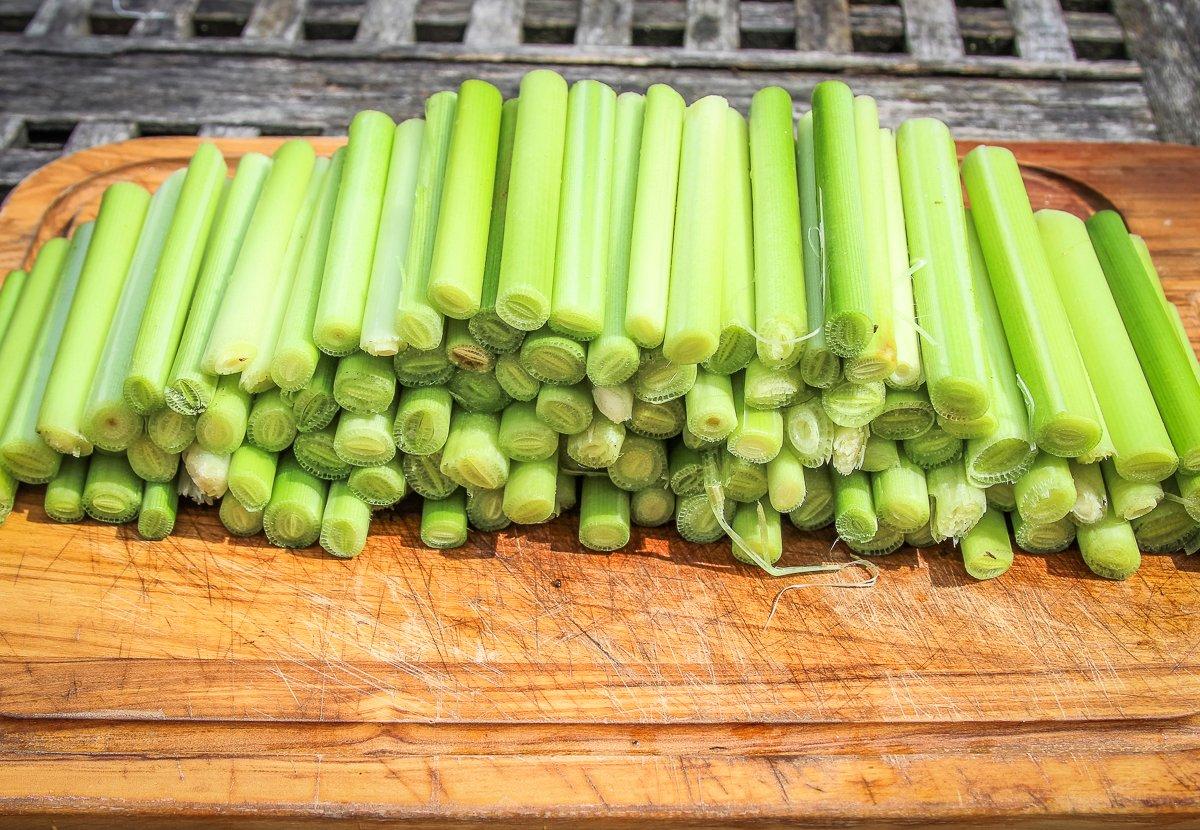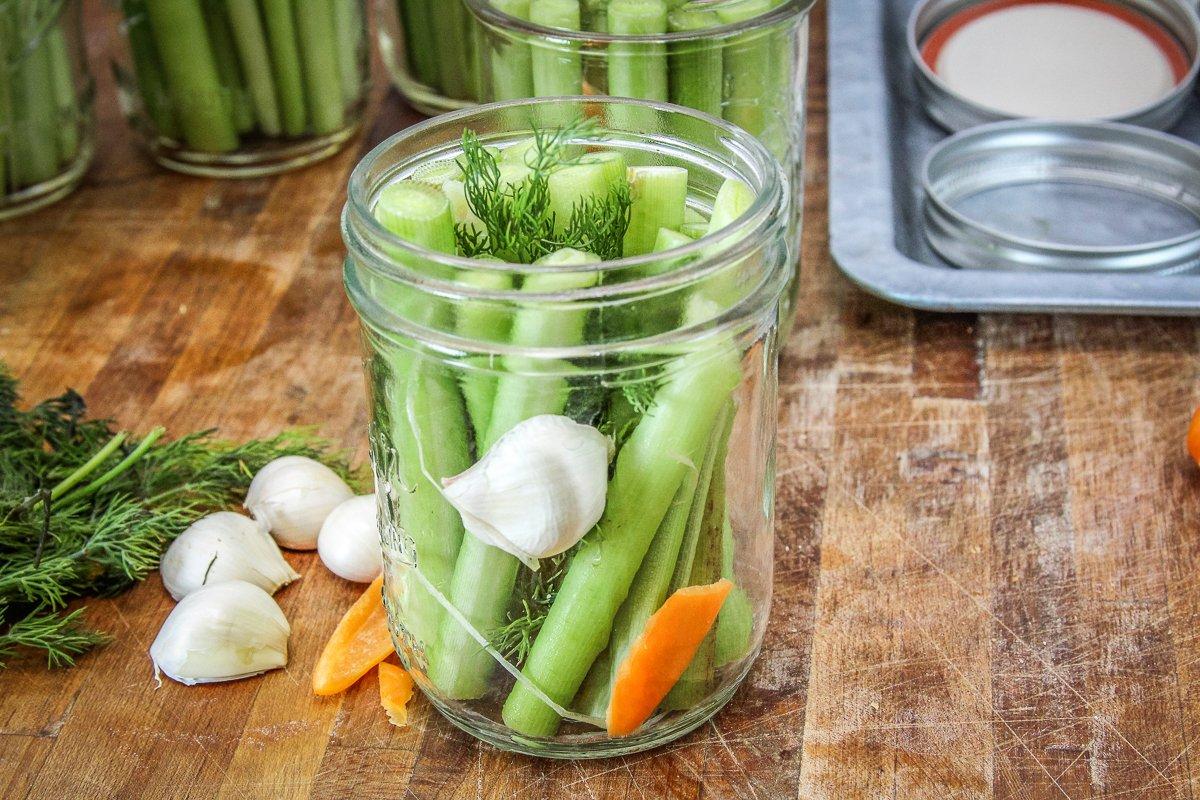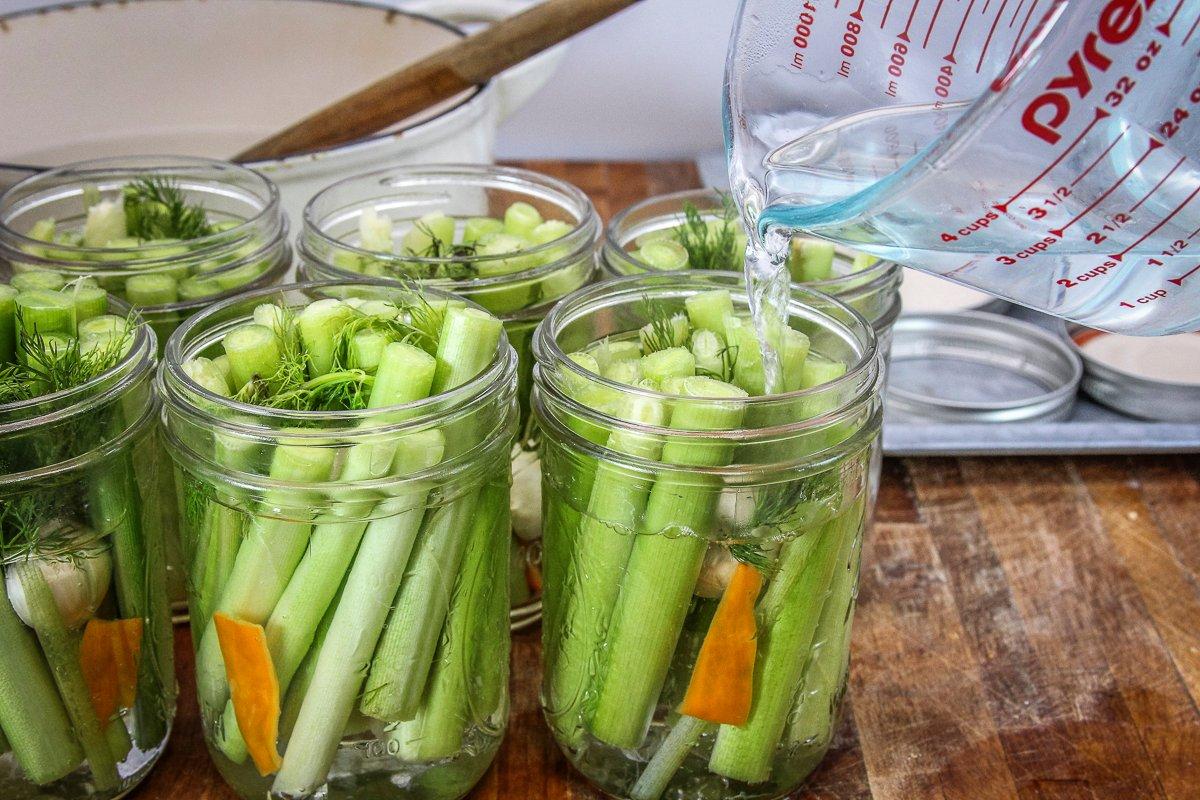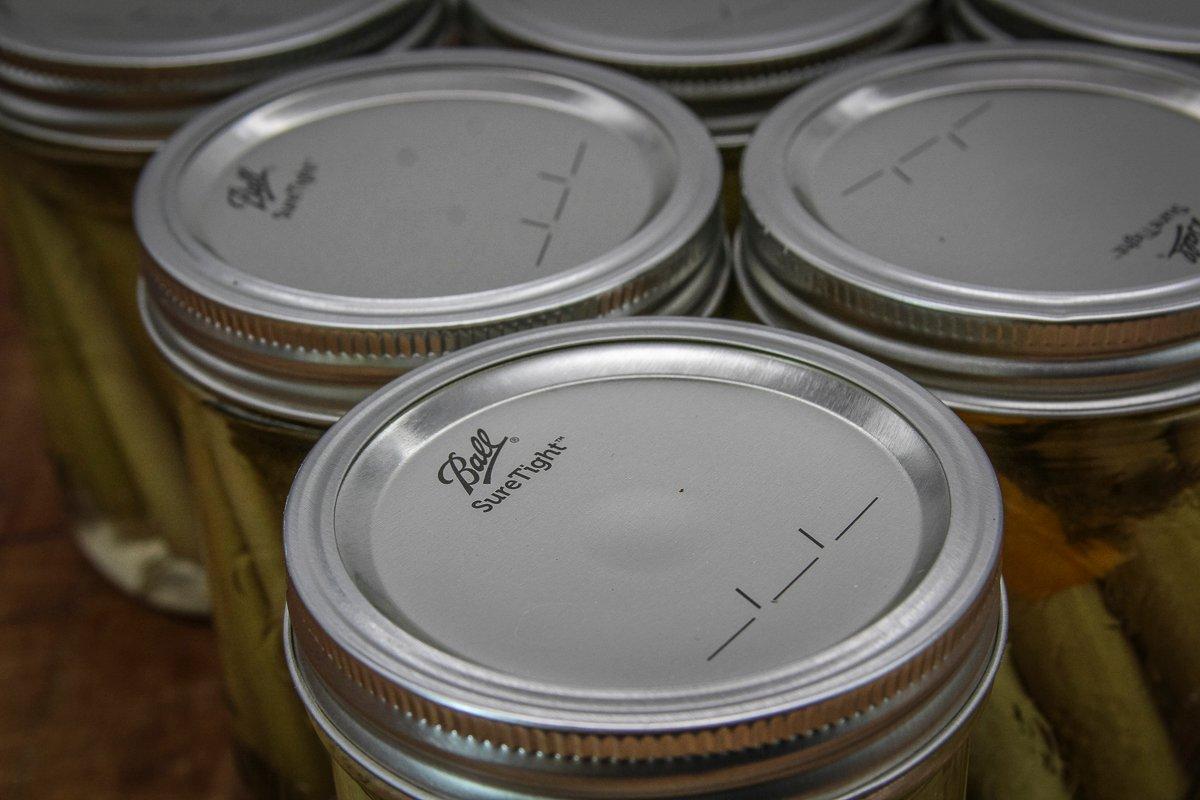Cattails offer more than just shoreline cover for fish and frogs. Use their tender stalks to make crunchy pickles
Cattail Stalk Hot Dill Pickles
15 Min
Cook Time
Easy
Difficulty
June around here means frog gigging and fishing, and both pastimes find us spending a lot of time around farm pond banks. But tasty frog legs and panfish fillets aren't the only foods to be found in the water this time of year.
You've probably noticed that patch of cattails growing in the corner of your favorite fishing hole. Maybe you've even lost a lure or two to them. Did you know you can avenge that lost tackle by taking a few cattail stalks home for the table?
Just about all of a cattail is edible, from root to top (while they are still green; don't eat the tops once they dry out, no matter how much they look like a corndog). But the best eating on a cattail is to be found this time of year, when the young shoots are sprouting up. The tender, white portion of the base can be prepared in a number of ways.
One of our favorites is to turn the cattail stalks into dill pickles. They're simple to make, crunchy, and with just the right amount of spice and dill flavor. They're perfect for snacking or salads. As with any edible wild plant, don't harvest from areas that might see polluted water runoff or pesticide or herbicide sprays.
The high acidity of the vinegar means you can safely can them with a simple water bath method, making them shelf stable for a year or more.
Ingredients
25 to 30 cattail stalk shoots, cleaned and cut into 4-inch sections
6 wide-mouth pint canning jars with new lids
1 bunch fresh dill
6 bay leaves
6 cloves garlic, whole
6 dried chili peppers or 6 slivers of fresh habanero pepper (optional)
Brine
5 cups water
5 cups white vinegar
7 tablespoons kosher salt
Cooking Instructions
Harvest the young cattail stalks by using a sharp knife to cut them off just about the ground or water surface. Peel the outer layers away, exposing the tender white base of the stalk.
Use a clean dish towel or paper towel to wipe the peeled stalk and cut it into 4-inch sections to fit the jars. Discard the rest of the stalk.
Heat both the jars and lids in a bath of simmering water to sterilize. Pack the jars with the peeled and trimmed cattail stalks. Work a clove of garlic, a dried chili pepper or sliver of habanero, if desired, and a sprig of fresh dill down into the jar between the stalks.
While you pack the jars, bring the brine ingredients to a boil in a large saucepan or small stockpot. Stir well to dissolve the salt. Once the brine is boiling and the jars have been packed, use a ladle to fill the jars with the brine. Leave the brine 1/2 inch below the rim of the jar for headspace. A canning funnel helps to make filling less of a mess.
After each jar is filled, wipe the rim with a clean cloth or paper towel to allow a good seal. Place the lid on the jar and screw down the rim to finger tight.
To water bath can the pickles, move the filled and sealed jars to a wire rack placed inside a tall pot. Cover the jars with water and bring to a boil. Once the water has started to boil, start a timer for 10 minutes. After 10 minutes, turn off the heat and carefully remove the jars from the hot water to a towel-lined countertop to cool.
As the jars cool, each should make an audible pop as the lid seals to the jar rim. The sealed jars will have a slight indention at the center of the lid. Completely sealed jars are shelf stable without refrigeration. Any jars that don't seal after a 24-hour rest can be refrigerated and the pickles eaten over the next several weeks.



